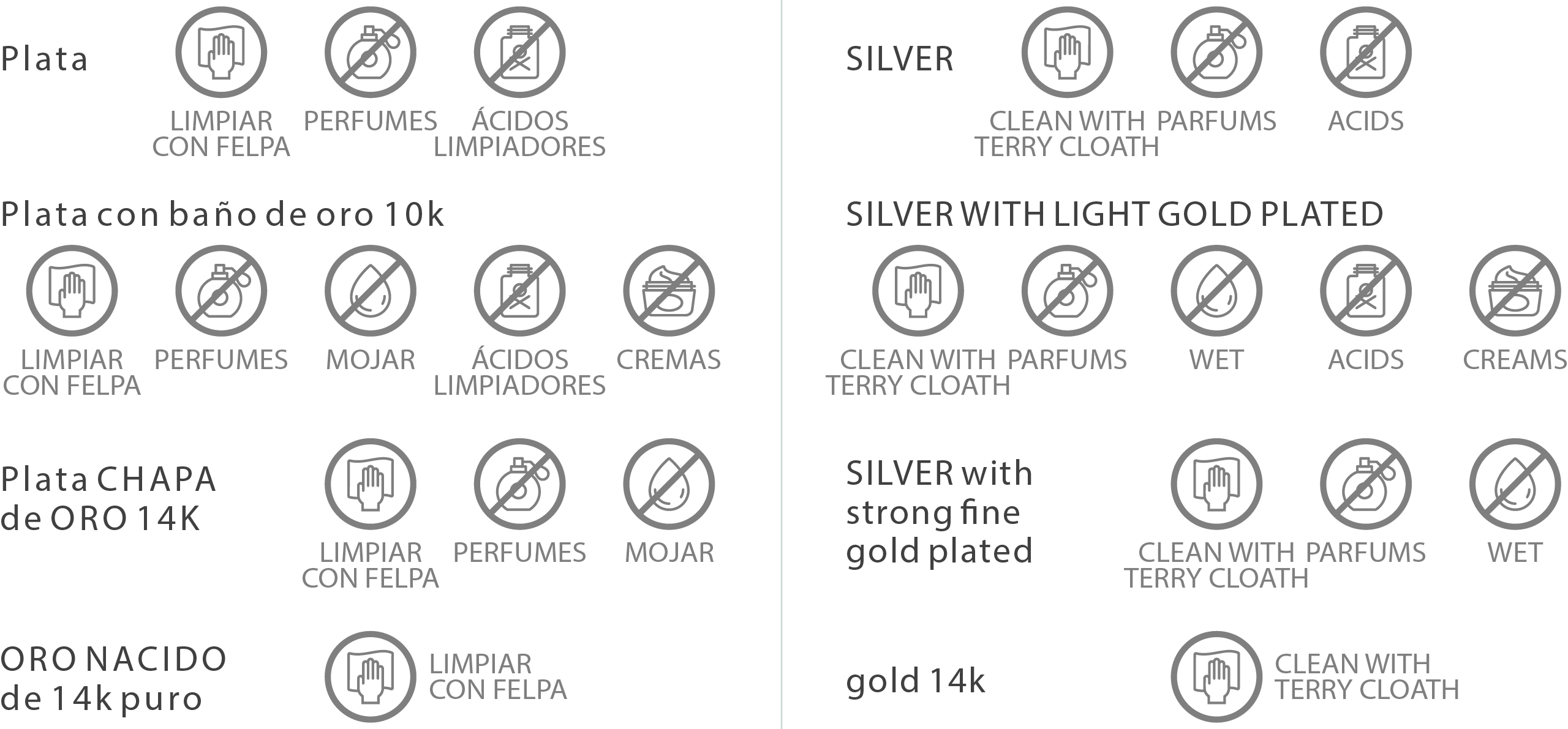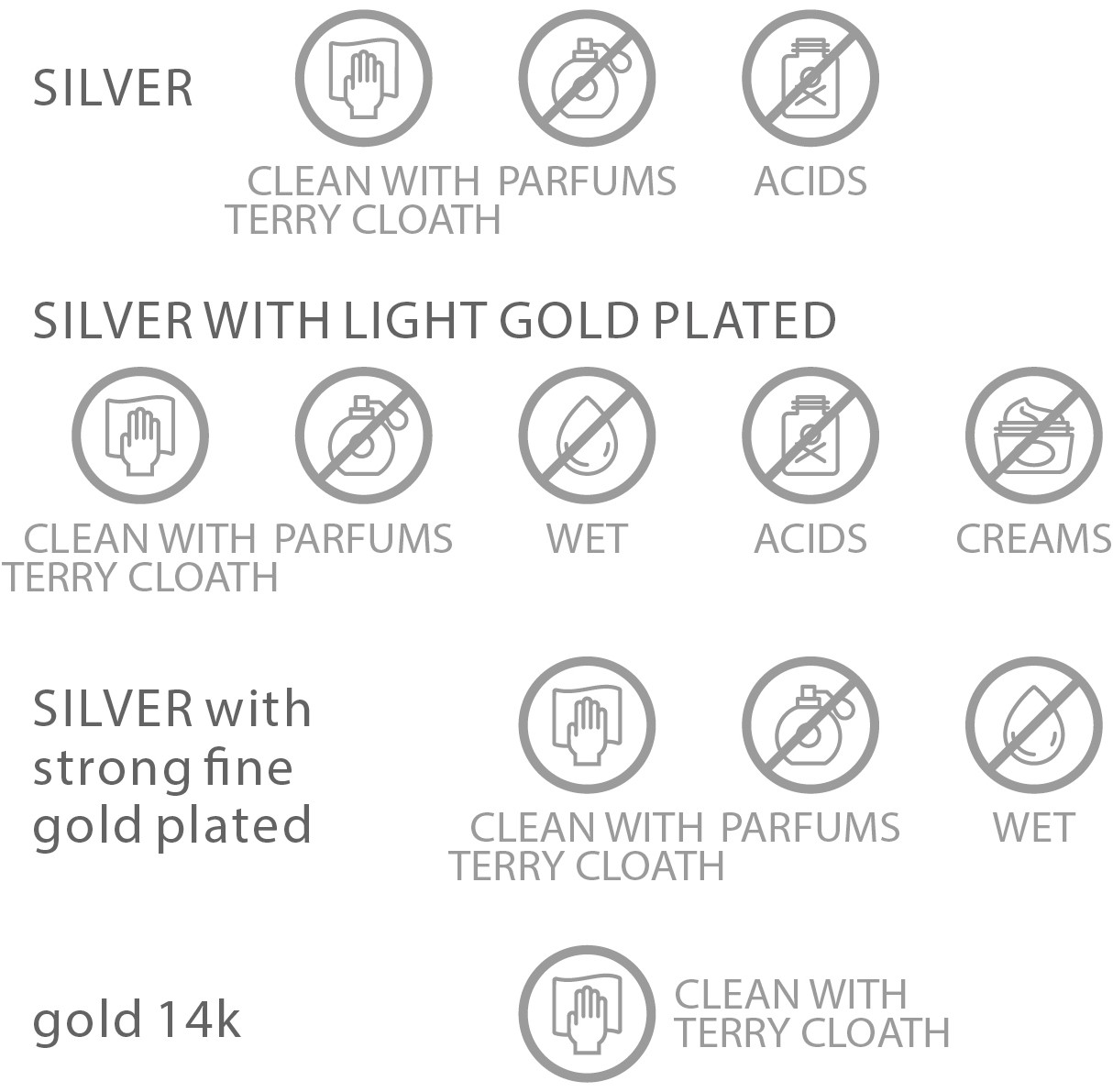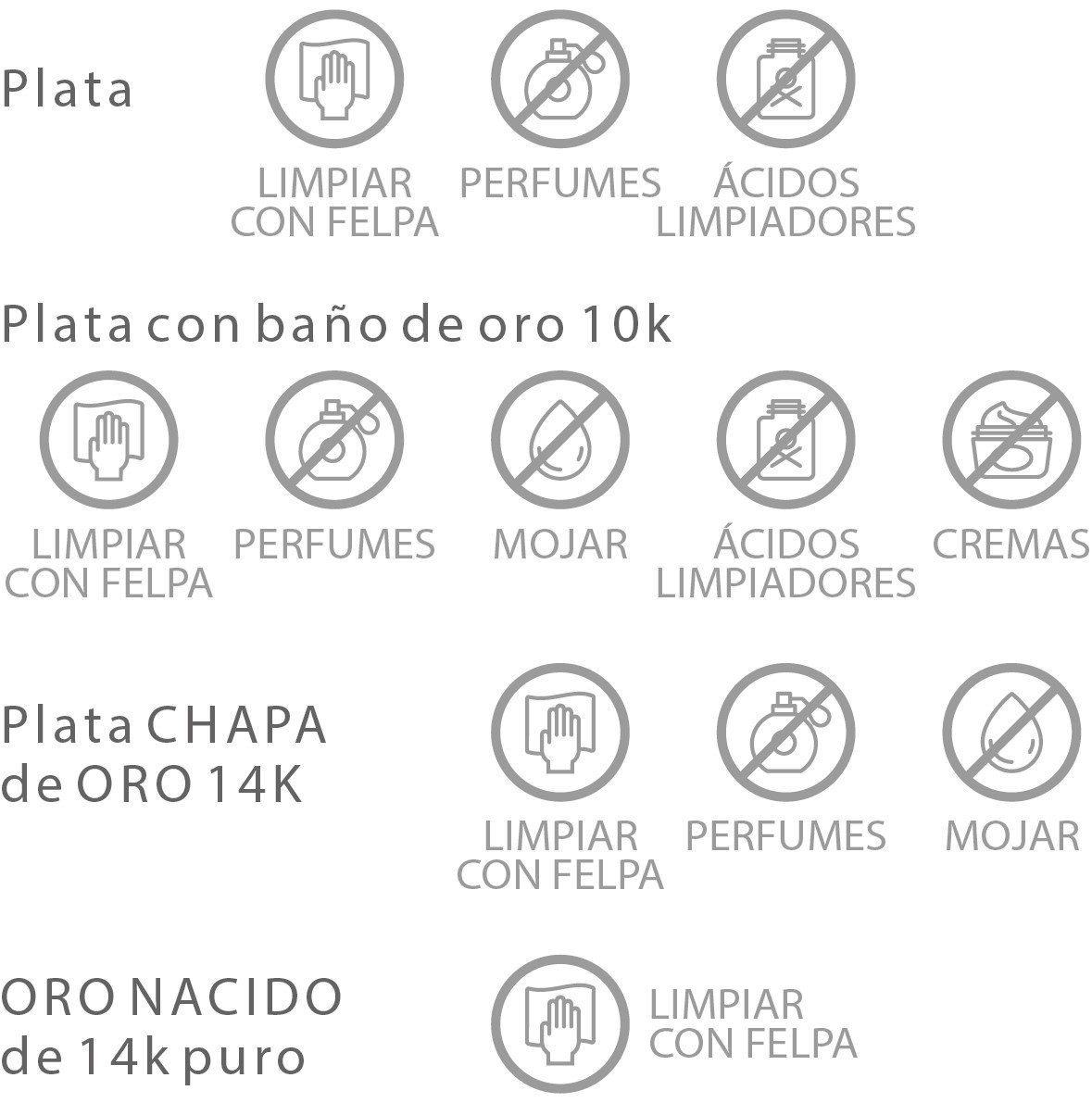DESCRIPTION
The honeycombs are made up of hexagonal cells.
For centuries, mathematicians have known that there is no better way than the hexagon to make the most of space with the minimum of material, but they have never been able to say why. However, in 1999 Professor Thomas C. Hales mathematically demonstrated this fact and explained the advantages of what he called the “honeycomb conjecture”.
Thanks to the hexagonal cells, bees can make the most of space, produce a light and strong honeycomb with very little wax, and store as much honey as possible. It is not surprising that many call the honeycomb "a masterpiece of architecture."











